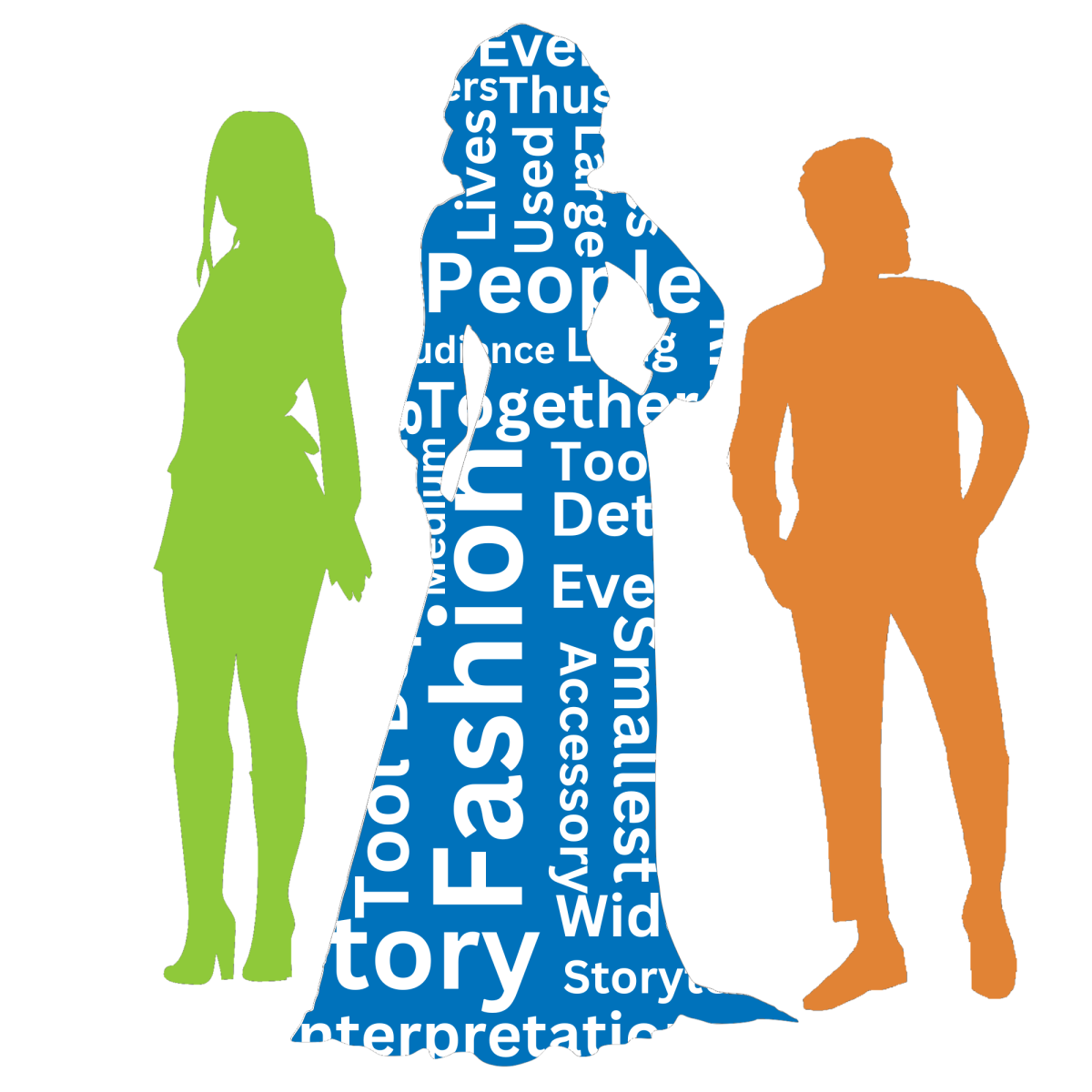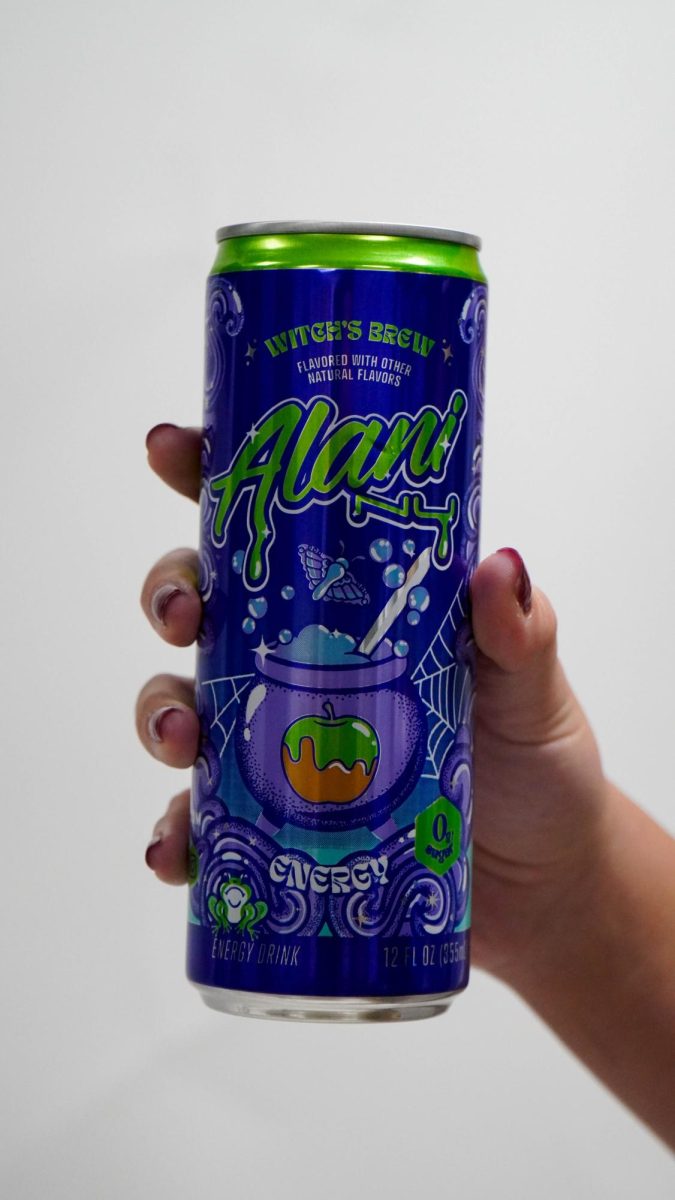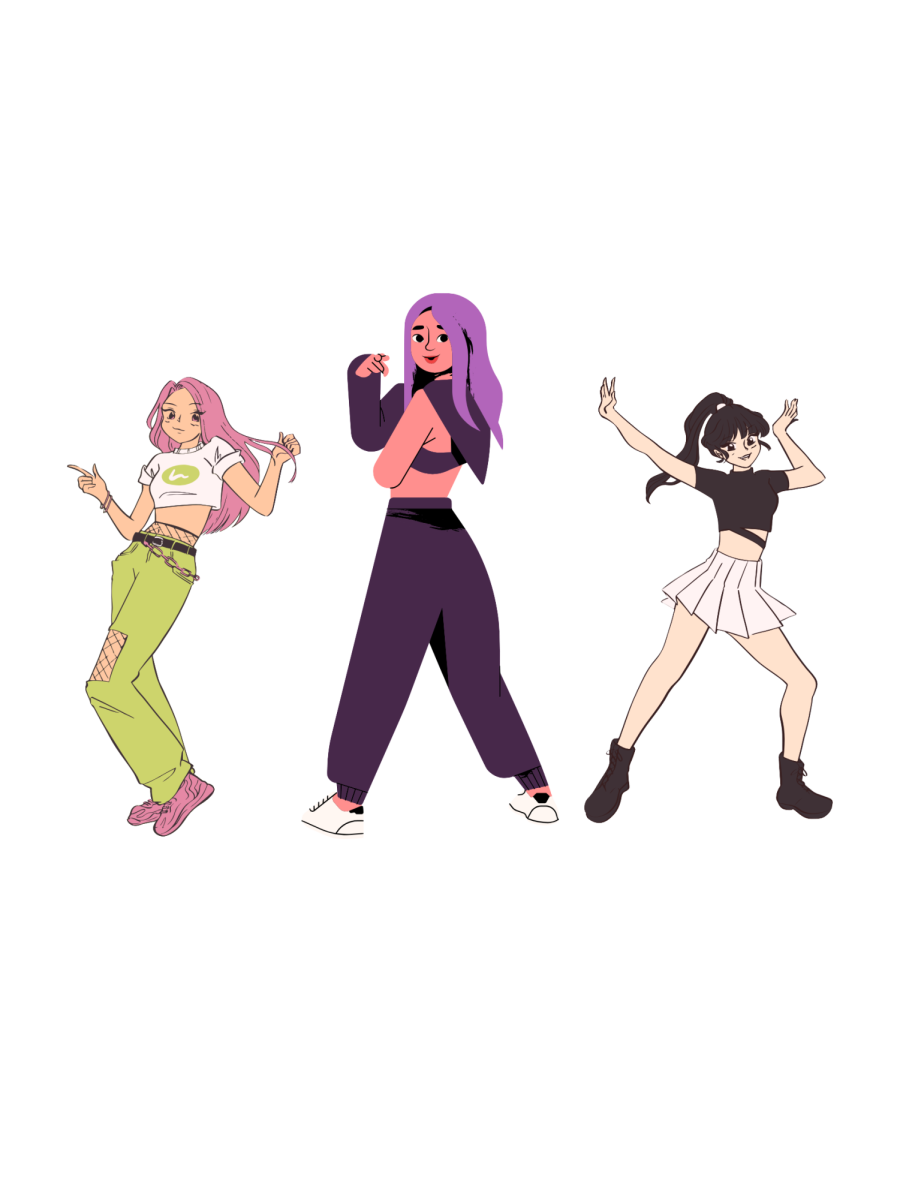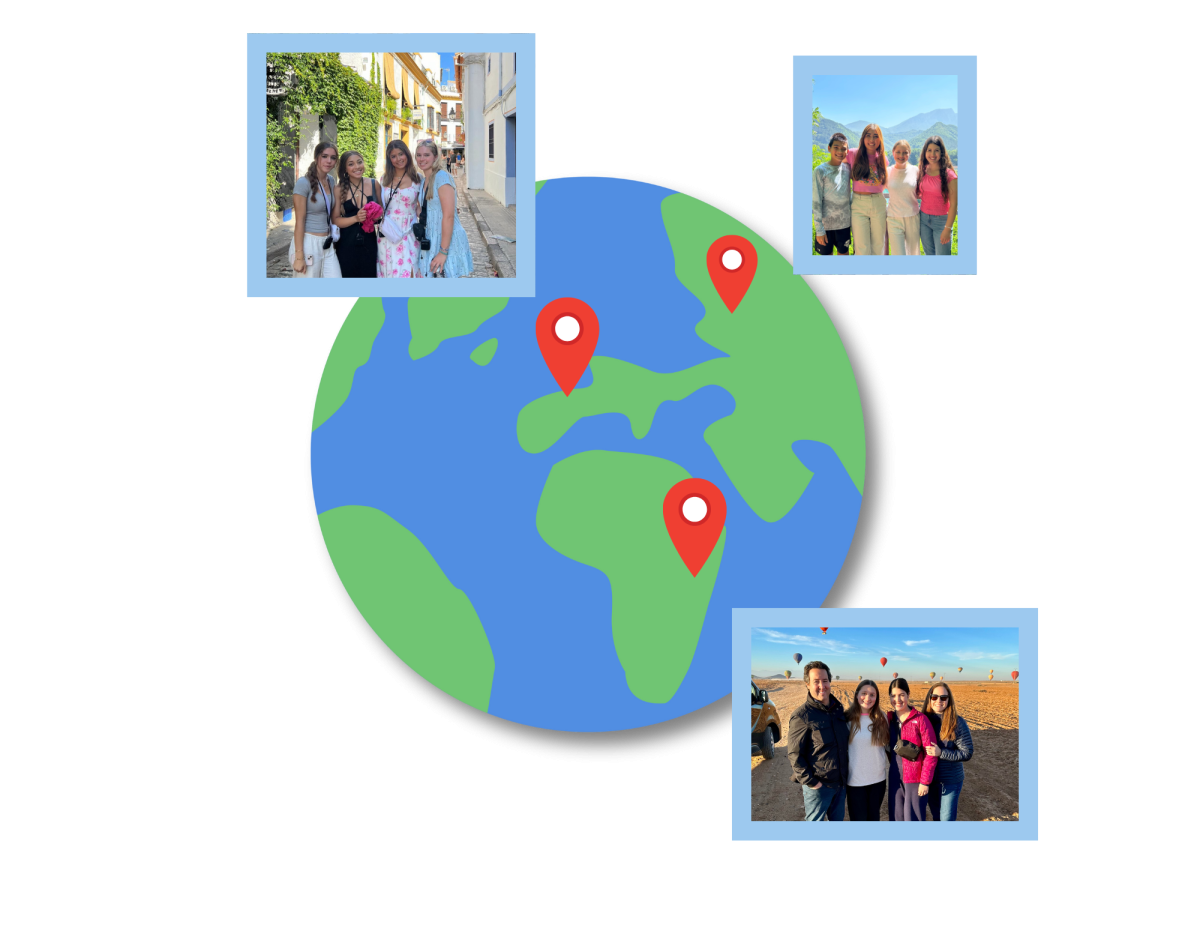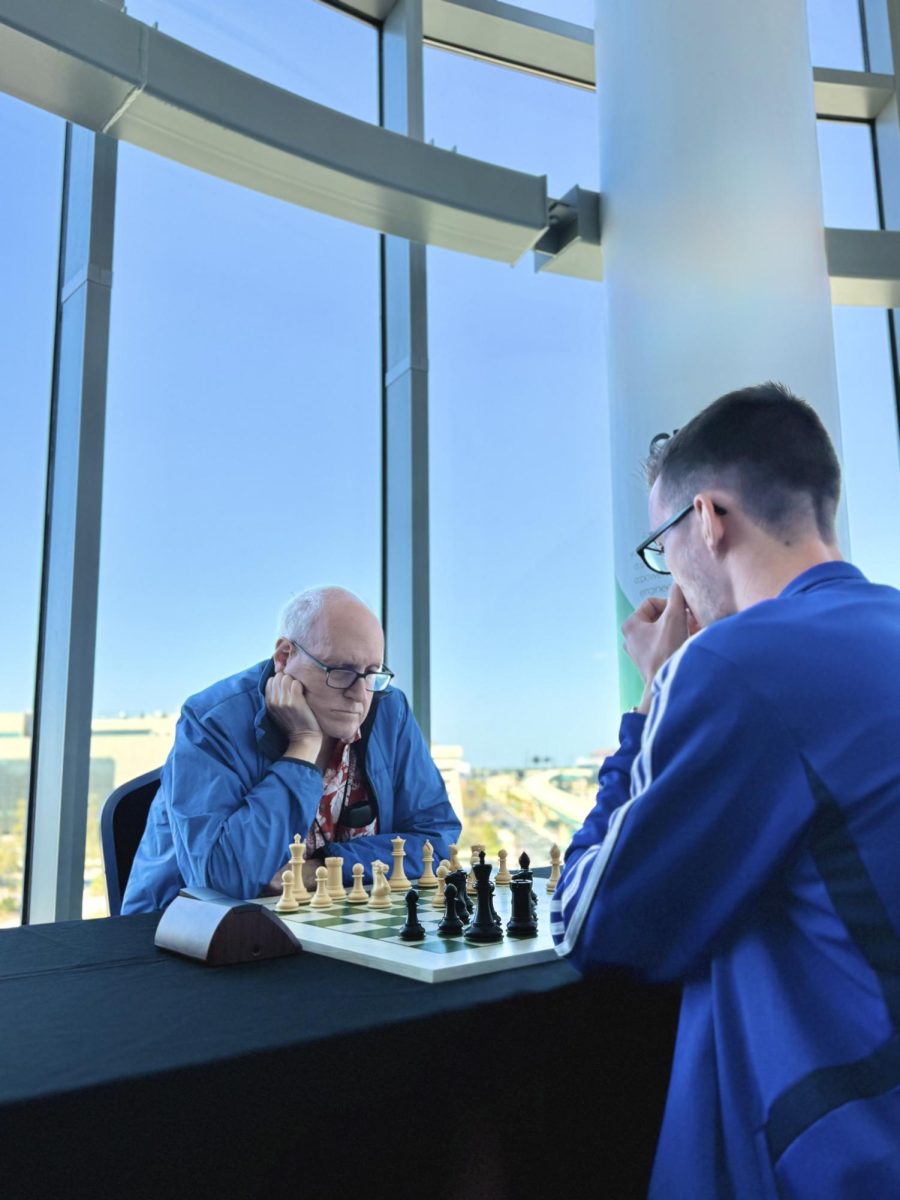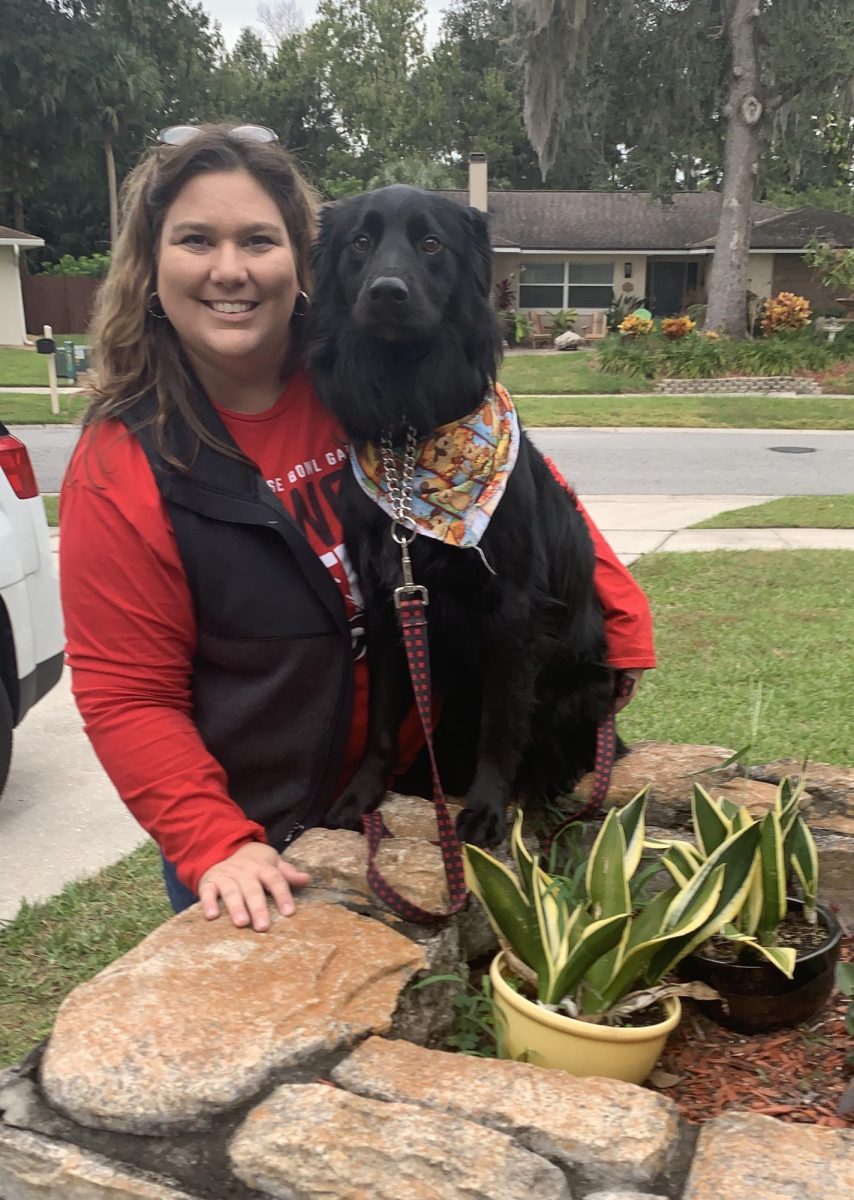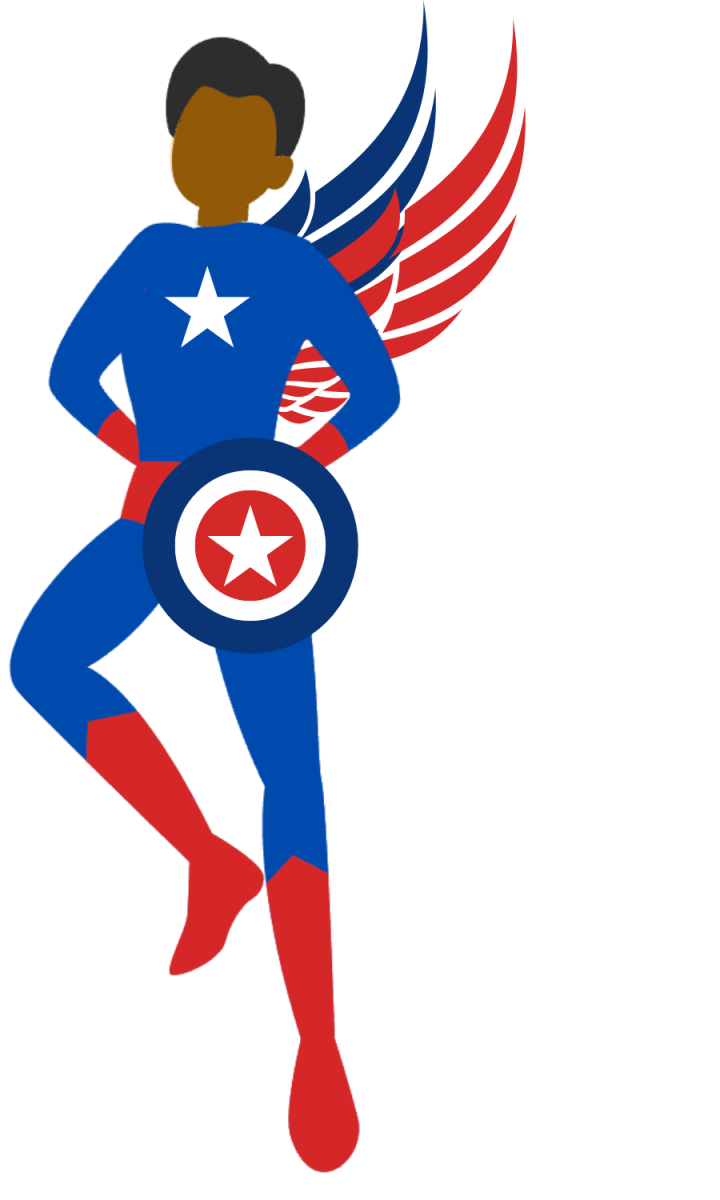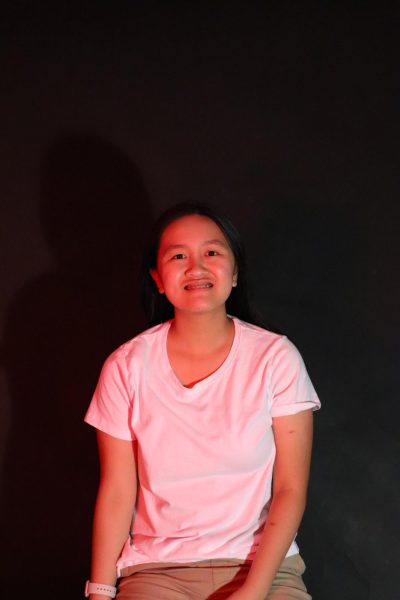Referred to as “fashion’s biggest night” and “the Super Bowl of fashion” by Vogue, the Met Gala draws the attention every year of fashion enthusiasts and fans across the world. However, this year’s gala has faced controversy for its chosen subject, Karl Lagerfeld, as a result of his contentious opinions. For better and worse, fashion has long been a universal medium for storytelling.
From designers to teenage customers, fashion has wide reaching impacts. Sophomores Gracie Asher and Maiori Butz established a fashion club at school because of their shared passion for fashion and aspiring careers within the industry. To them, fashion can be used as an outlet for creativity.
“I think it’s a form of art and expression,” Butz said. “It’s fun putting different pieces together and trying new things.”
This is possible because of fashion’s accessibility and flexible interpretations depending on the individual. Fashion can be an effective tool for sharing personal experiences or stories with a wider audience.
“A lot of people make clothes from their culture or [with] materials that other people wouldn’t [otherwise] be familiar with,” Asher said. “So when they show their clothes, it’s a way to express their culture to other people.”
According to Butz, there are also large varieties of fabrics and other materials that can be incorporated into fashion design for a greater story, even the smallest detail or accessory. Levi Strauss & Co. is a clothing company widely known for its Levi’s brand of jeans. According to the Levi Strauss & Co. website, rivets in jeans were first created in 1873 to provide working men with durable pants that would survive longer when combined with denim. According to Hawthorn, a leading clothing manufacturer in the United Kingdom, nearly a century later jeans were frequently worn by college students and others protesting against the Vietnam War and thus became a symbol of youth rebellion.
Butz and Asher had a personal experience with fashion storytelling when they traveled to New York City to see the fashion exhibit “¡Moda Hoy! Latin American and Latinx Fashion Design Today” in The Museum at the Fashion Institute of Technology (FIT). The exhibit features Latin American designers located in the United States as well as Latin American countries.
Another example of this combination of fashion and culture is Native American, and women-owned, fashion and lifestyle brand B.Yellowtail. Bethany Yellowtail is the company’s CEO, and a citizen of the Northern Cheyenne Nation as well as the Apsáalooke or Crow Nation. These ties to her heritage and a desire to have her communities properly represented motivated her to create B.Yellowtail, which incorporates Indigenous designs and patterns in its merchandise.
All outfits are influenced by individuals who produce or wear them and thus, recount the events they experience.
“I think fashion always tells a story, honestly,” Butz said. “Even if it’s the smallest thing about how you’re feeling that day or what you decide to wear, there’s always a story behind it.”
Storytelling through fashion has always brought people together from all walks of life and united them over a common interest.
“[Fashion] gets people interested because if they want to tell their story or learn other people’s stories, it gives them an outlet to express themselves,” Asher said. “It’s just a community of so many different people from so many different places coming together and learning from each other.”




